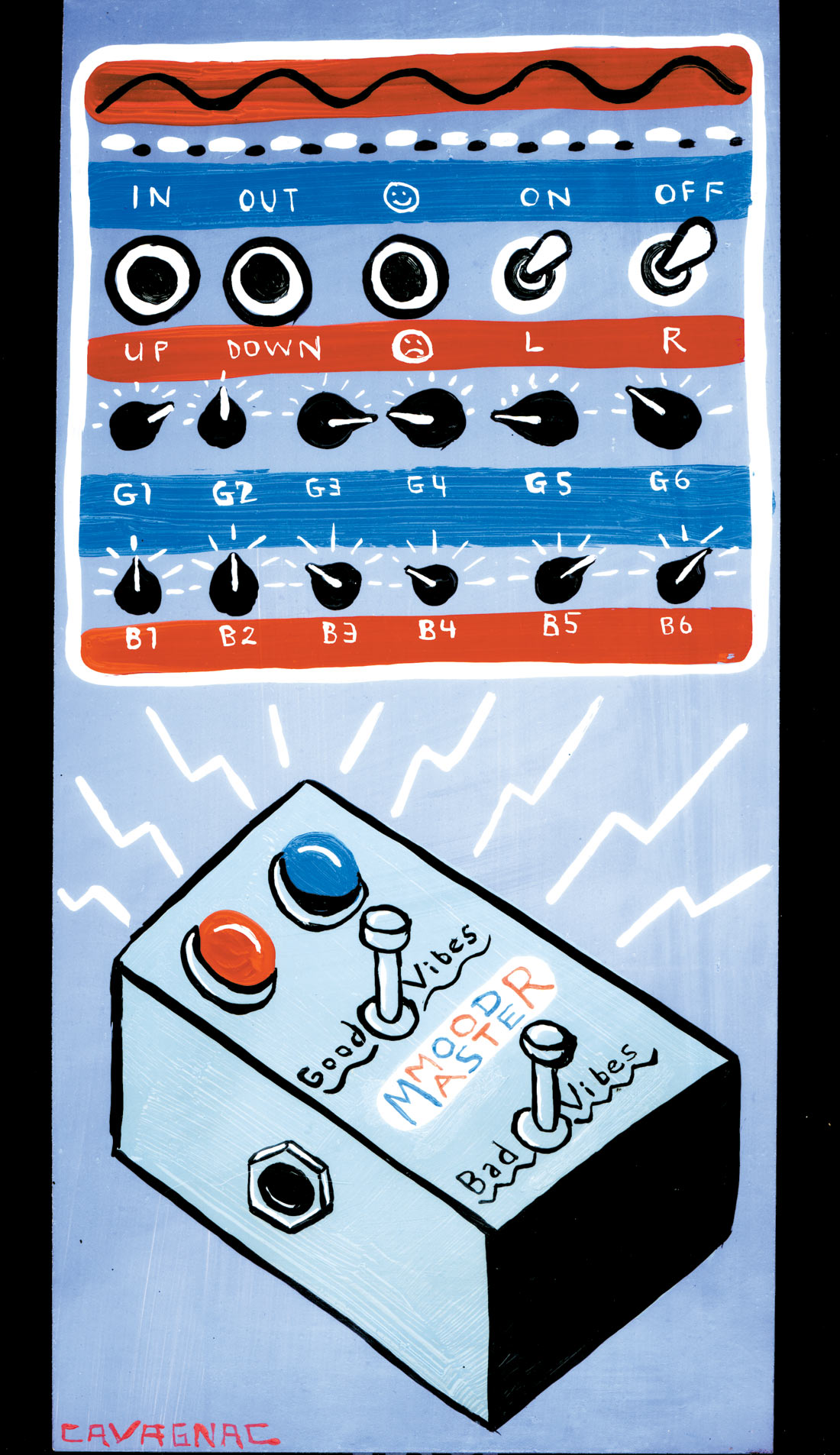I use all outboard preamps in my studio, and none of them has an EQ section. I really didn't know what I was missing until I borrowed a friend's 1073 module and discovered what a difference a little boost or cut here and there can make when they stack up over an entire mix. Gone were the tubby mid- range acoustics, the booming kick drums, etc. I had been looking for a nice single-channel EQ for a few months when I noticed that Summit Audio had just developed a tube-based parametric EQ, and I love my Summit Audio TLA-50. I bought the FeQ-50 without even doing much research on it.
The unit is of very solid construction, has an internal power supply, and is easy to read in the rack. It has rotary switches for frequency selection and cut/boost knobs with a soft zero-detent (really handy when you "adjust by feel" as much as I do). There is a low cut that sits at around 30 Hz to keep the delivery trucks out of your recordings, and a high and low shelving function that is really helpful at boosting the "air" in a mix. It turns out that one of the FeQ-50's main selling points is that it is a passive EQ. Not knowing what this meant, I decided to call Summit Audio directly for an explanation. The president of the company picked up the phone, and later he put the designer of the unit on the phone to discuss the finer points of this EQ with me.
Passive means that the EQ'ing is done outside of the feedback loop of the amplifier using resonant filters. Resonant filtering means that each of the clicks on the frequency selectors is its own signal path with a resonant filter on each path tuned to that frequency. That means there are 48 resonant filters in this unit, each tuned to a specific frequency. These filters are expensive and account for the higher cost than that of an active unit. The advantage in tonal quality is immediately obvious. There is a rich and present texture to the adjustments, and it's difficult to make the FeQ-50 sound harsh or abrasive. This is a very musical rather than a surgical EQ, meaning that the adjustments are broader than some parametric units can be. I was able to get a very glassy sheen on the acoustic guitar and a very solid, fast, and growling sound out of a DI'ed bass.
There are two output paths: tube (12AX7A/ECC83 using full plate-voltage) and solid-state. The acoustic sounded best using the tube output, and the bass liked the somewhat faster sounding solid-state output. The input has the Neutrik TRS/XLR combo jack that I really like. With two outputs, you can easily run one to your recorder and the other to your monitoring device to avoid latency. The outputs of the EQ are actually very similar sonically, and only specific sound sources reveal their difference. This, as chief engineer and FeQ-50 designer Kaz Kovacs explained, is because of the way Summit Audio uses tubes. At full plate-voltage, tubes only start to sound dark and "tubey" when they near the end of their gain stage. Kaz also mentioned that he researched a lot of the music he loved from the '60s and '70s and found that some of the studios doing the best-sounding productions were using Altec resonant EQs, which had circuit topology similar in certain aspects to the FeQ-50's.
Each FeQ-50 is burned in for 24 hours and then given a listen test to make sure it has the proper mojo before leaving the shop. This is very much a unit on par with my Summit Audio TLA-50, and I am sure I will be using it and discovering many new creative uses for a long time to come. ($995 MSRP; www.summitaudio.com)




_disp_horizontal_bw.jpg)